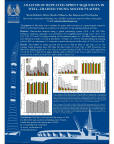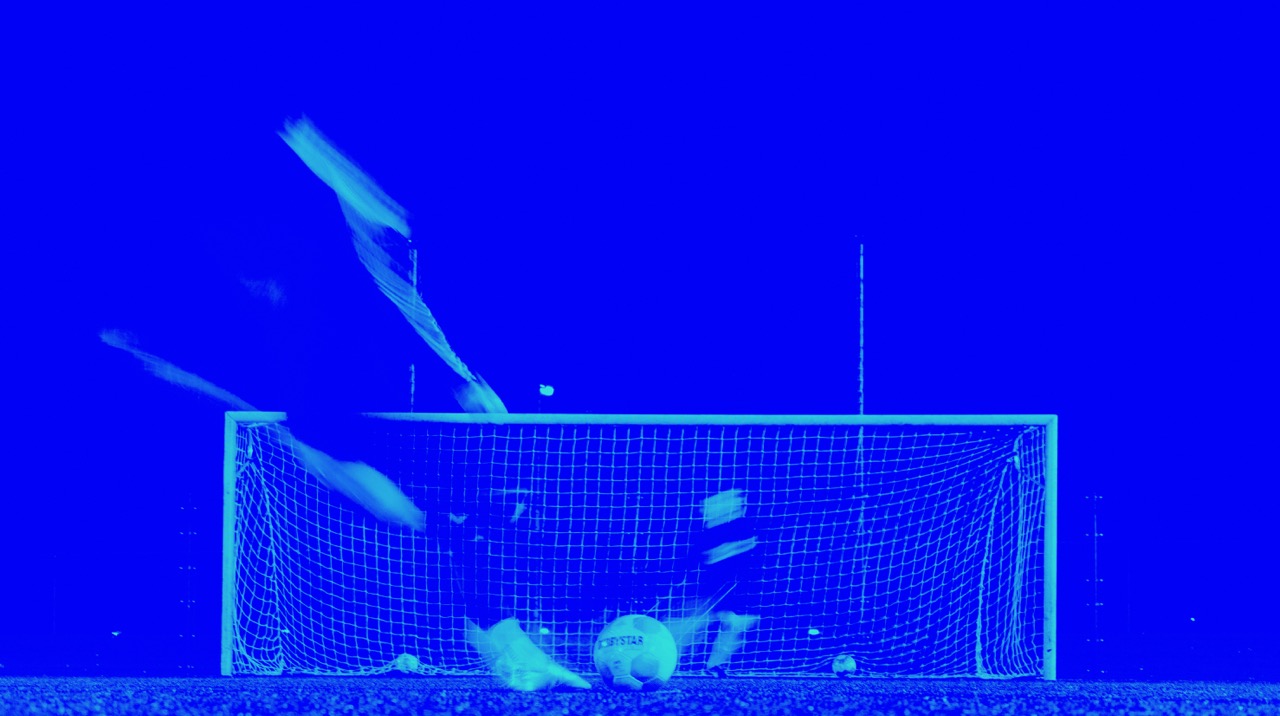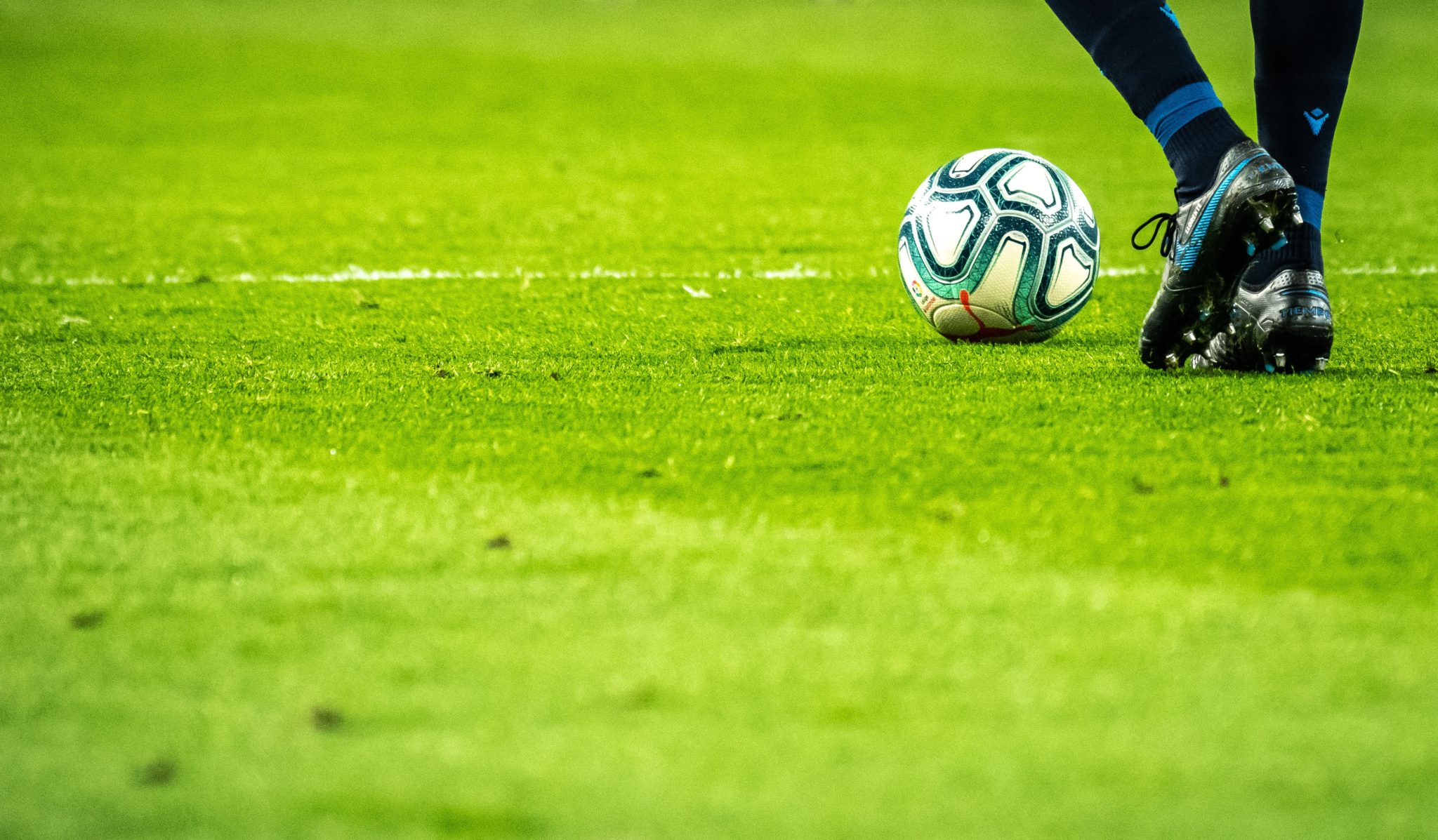Repeated-sprint sequences during youth soccer matches
Poster BUCHHEIT – RSS youth soccer (Science&Football congress)
Repeated-sprint sequences during youth soccer matches.
Source
Physiology Unit, Sport Science Department ASPIRE, Academy for Sports Excellence, Doha, Qatar. martin.buchheit@aspire.qa
Abstract
This study examined the occurrence and nature of repeated-sprint sequences (RSS) in highly-trained young soccer players, as a function of age, playing position and playing time. Time-motion analyses using a global positioning system (GPS) were performed on 99 highly-trained young soccer (U13, U14, U15, U16, U17 and U18) players during 42 international games. Sprint activities were defined as at least a 1-s run at intensities higher than 61% of the individual peak running velocity; RSS, as a minimum of 2 consecutive sprints interspersed with a maximum of 60 s. During the first half of games the younger teams had a greater number of RSS than the older teams (P<0.001): U13>U14>U16>U15>U18>U17. The younger players also performed more (e. g., U14 vs. U17: 2.8±0.3 vs. 2.6±0.3, P<0.05) and longer (e. g., U14 vs. U17: 2.8±0.5 vs. 2.6±0.5 s, P<0.05) sprints per sequence than the older players. RSS occurrence was also affected by playing position and decreased throughout the game in most age-groups (P<0.001). Both the occurrence and the nature of RSS are affected by age, position and playing time. Present results also question the importance of repeated-sprint ability as a crucial physical component of soccer performance in developing players.




